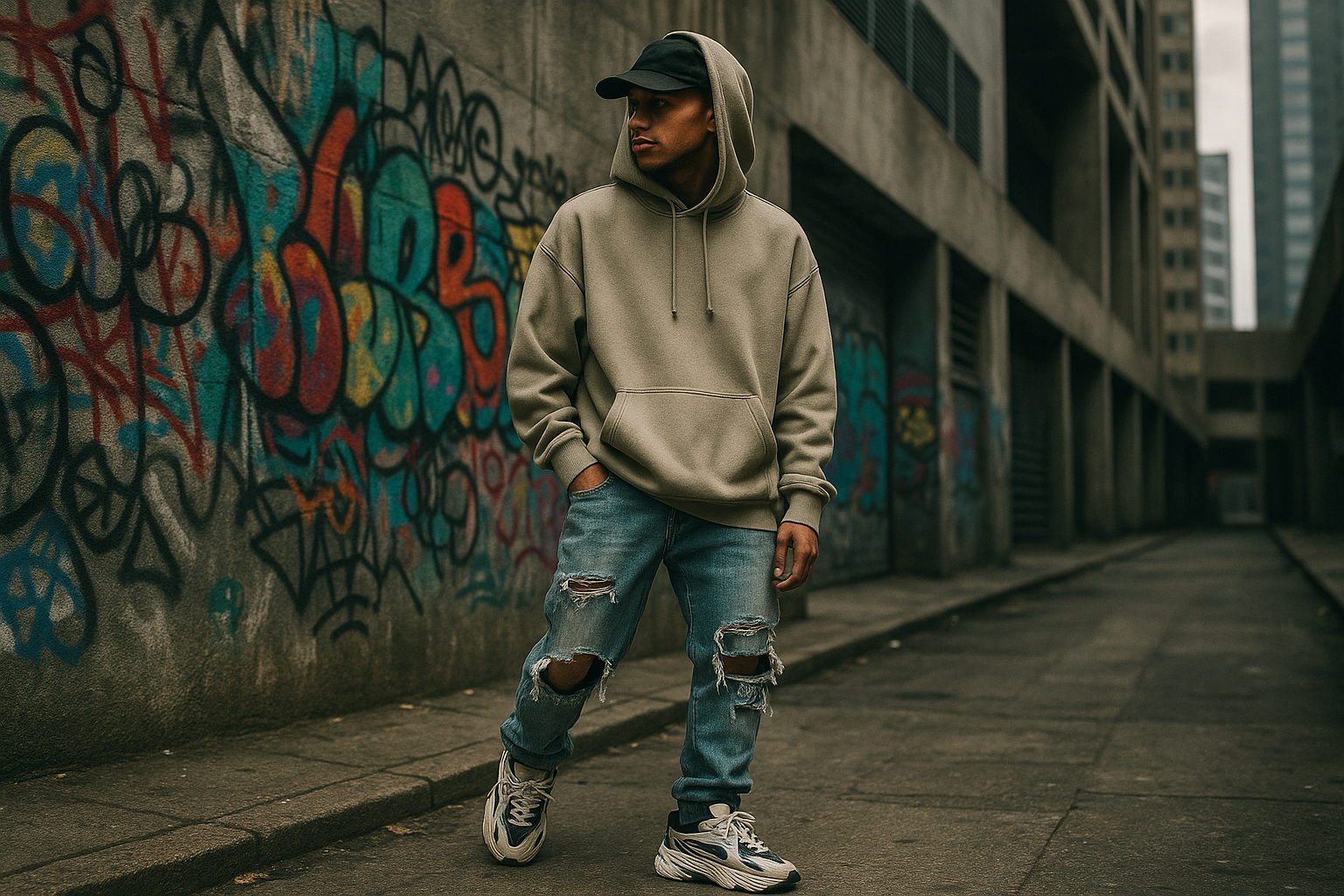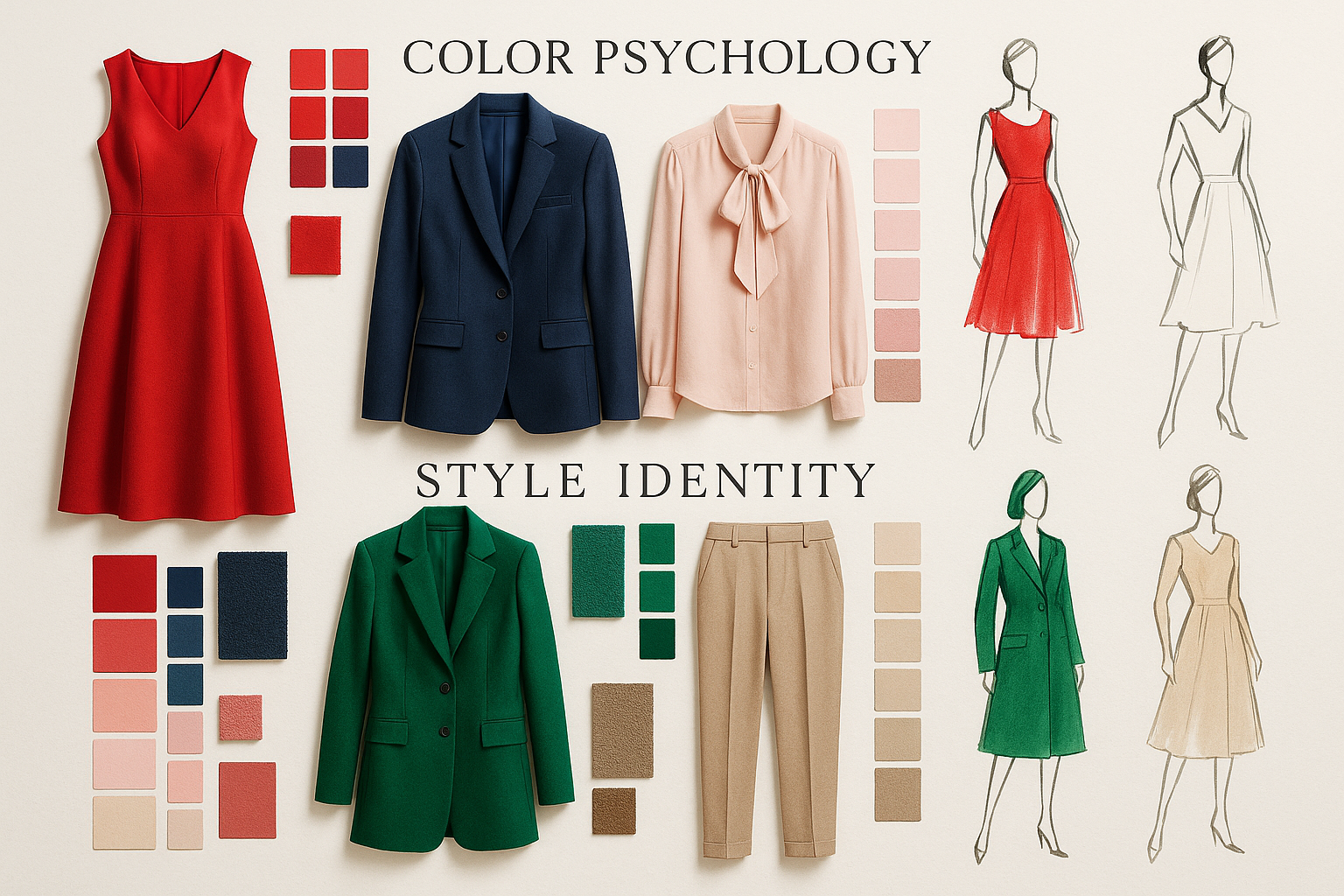Article: How Urban Fashion Has Evolved Through the Decades

How Urban Fashion Has Evolved Through the Decades
Urban fashion has always been more than just clothing — it’s a mirror of social, cultural, and economic shifts. As far back as the 1950s, styles influenced by emerging subcultures began shaping the way people dressed. Youth movements tied to rock ’n’ roll and the beat generation introduced bolder, freer styles that stood out from the mainstream.
Through the decades, street style has taken many turns. The 1970s embraced flared pants, simple silhouettes, and daring prints. It was an era of playful experimentation, where mixing patterns and shapes was encouraged — a trend today’s designers still reference in fresh ways.
The 1980s brought an explosion of colour and energy. Geometric cuts, athletic tracksuits, bomber jackets, and high-waisted trousers reflected the vibrancy of club culture and a growing love for statement pieces. By the 1990s, minimalism took centre stage. Clean jeans, graphic tees, and plain sweatshirts became essentials, reflecting a more relaxed, laid-back approach to style.
Today’s urban fashion is a fusion of these eras. It blends vintage influence with modern sensibilities, all accelerated by the rapid exchange of ideas through social media. Sporty, casual, and tailored pieces are now combined with ease, making urban style more versatile than ever.
At its core, urban fashion is about individuality — crafting a personal look that balances trend awareness with practicality. It reflects the energy of the city, the rhythm of daily life, and the creativity of the people who live it.
Watching younger generations reinterpret classic styles with contemporary twists shows that this movement will continue to adapt. Urban fashion doesn’t stand still — it evolves, inspires, and remains a powerful force in shaping how we express ourselves.
At Smith & Roy Fashion, we celebrate this evolution by curating collections that capture the essence of street style while staying timeless and wearable.

